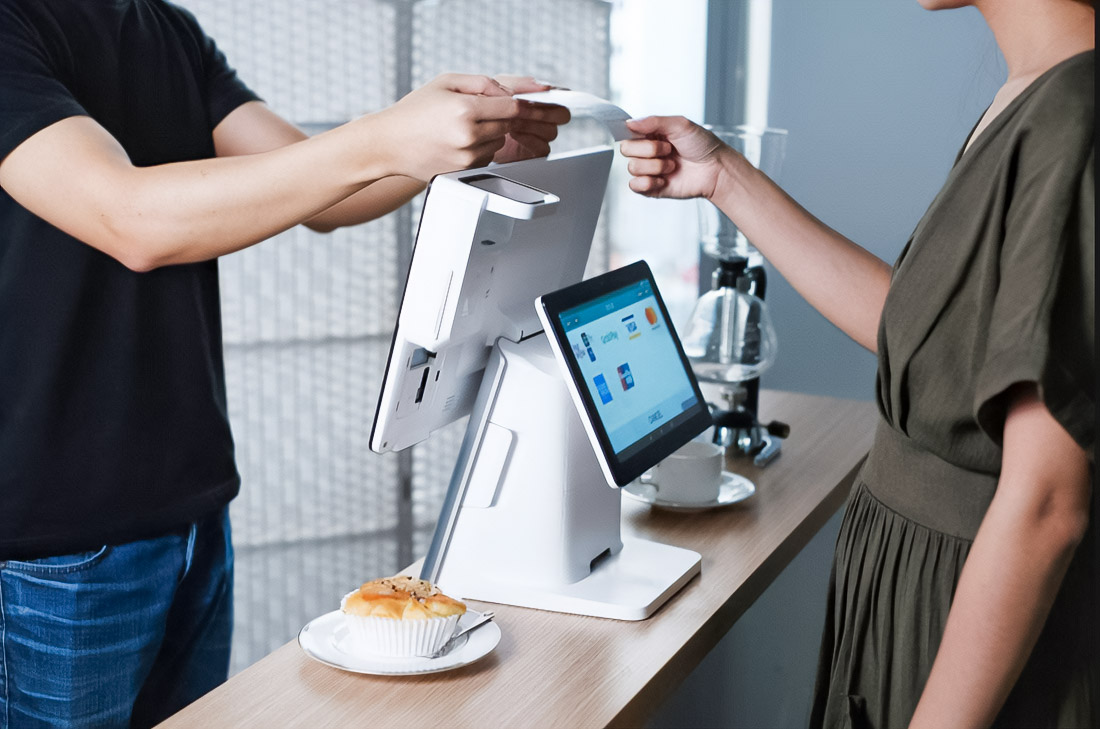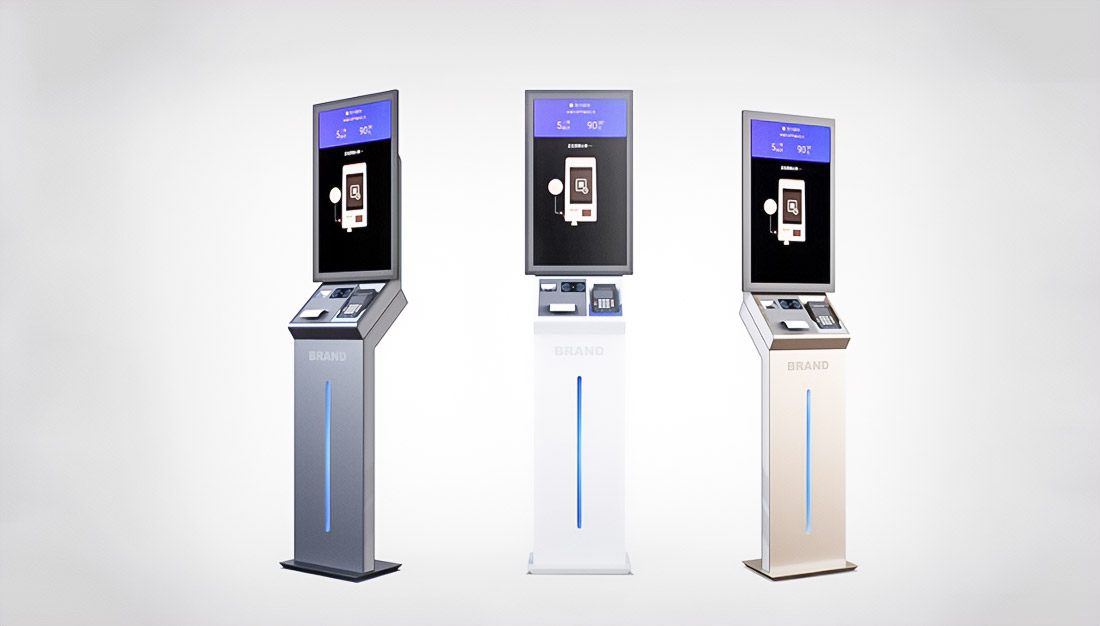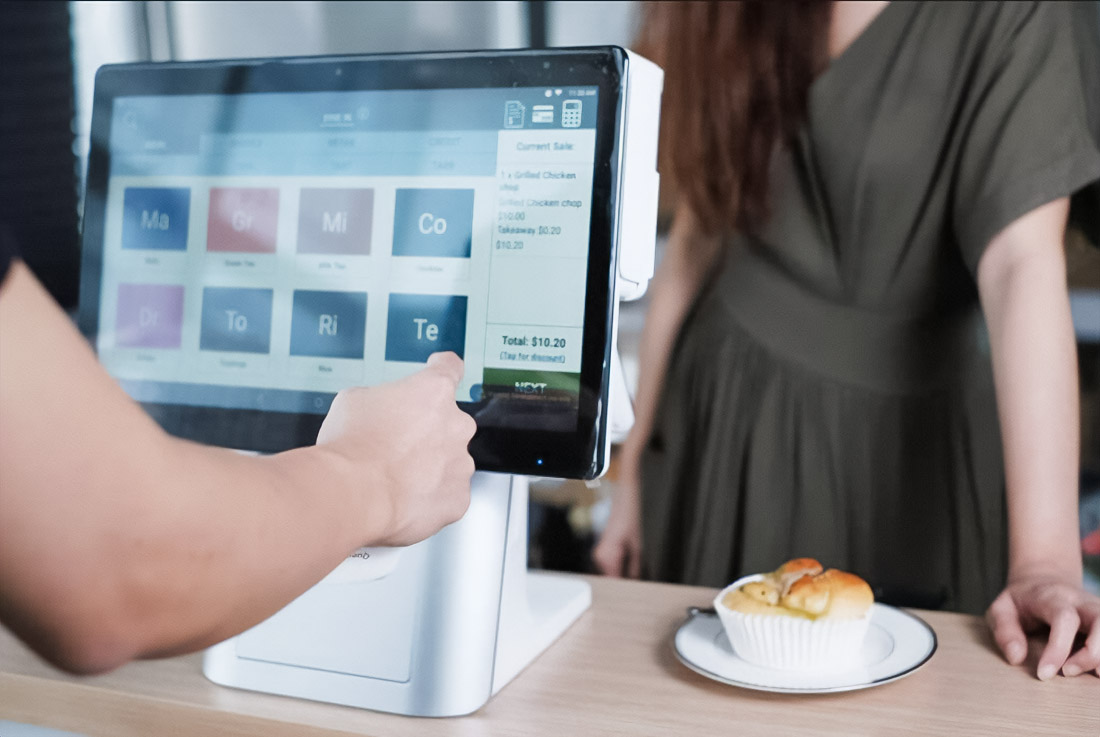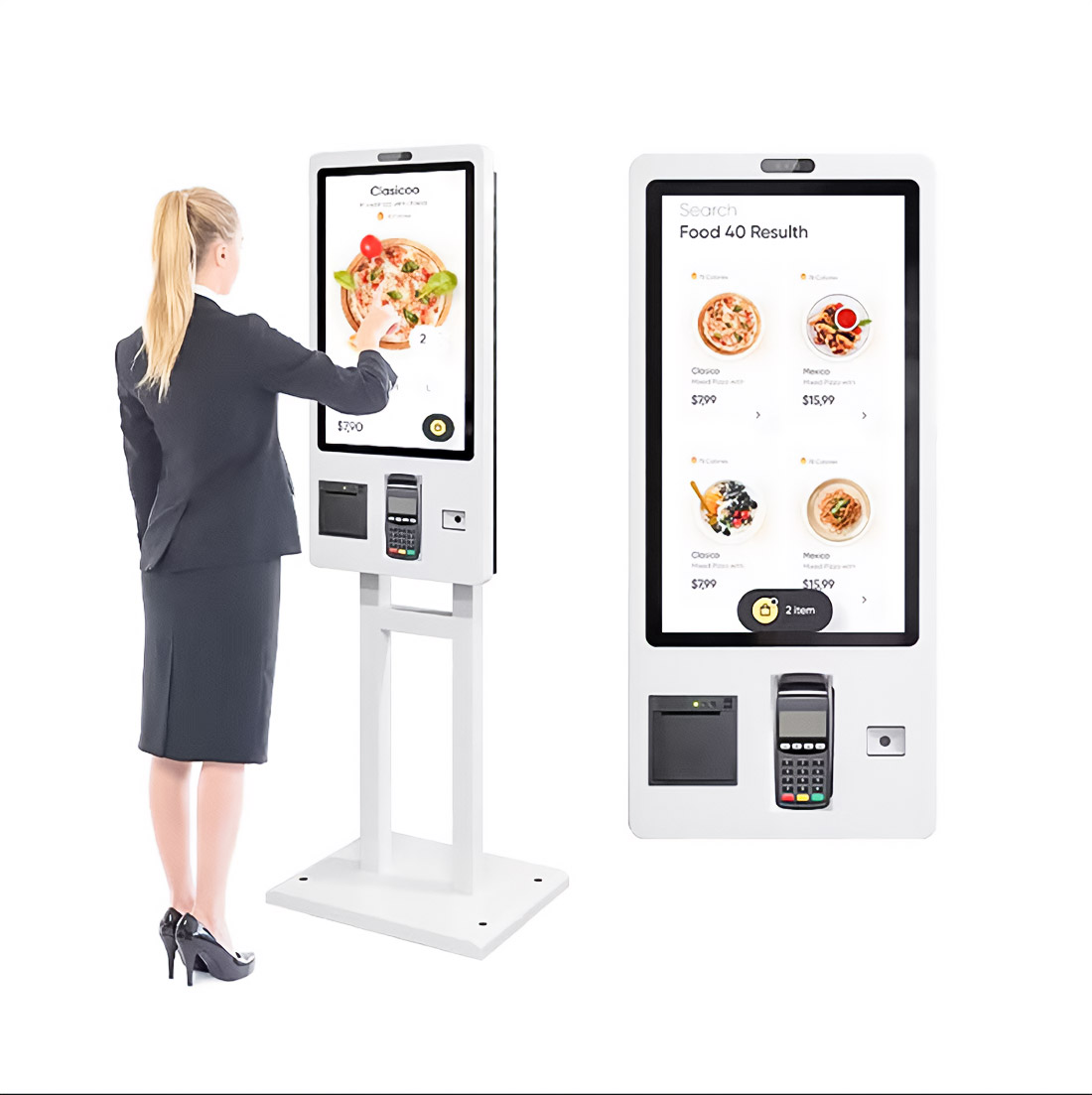In recent years, the use of Internet of Things (IoT) technologies has led to significant changes in the management of visitors. Modern systems of management of visitors used in smart buildings are equipped with a wide range of IoT devices, allowing integration into a single network. In 2022, the IoT market in the building management sector exceeded the mark of 16 billion dollars and is forecasted to grow to 35 billion by 2028. To increase the efficiency of the management of visitors, can use customer experience management, service which significantly improves the general experience of visitors.
Key Technologies IoT in Management of Visitors
Modern technologies IoT open access to various devices and systems providing more effective management of flows of people in any space.
- Sensors of movement: Used more than 75% of smart buildings for management of lighting and climate control. They are capable of reducing the consumption of electricity by 30%.
- Cameras and systems of recognition of faces: Level of security increases by 60% thanks to the identification of visitors. More than 50% of large office centers integrate these systems with systems of access.
- Smart turnstiles and doors: Up to 80% of modern business centers apply automated processes of entrance and exit.
- Systems of management of queues: Use of these systems allowed reduce the time of waiting for visitors by 20%, which significantly improves their general experience.
- Interactive kiosks and digital signs: About 65% of shopping centers implemented these solutions for the improvement of navigation and provision of information.
Advantages of IoT in Effective Management of Visitors

Implementation of IoT in systems of management of visitors provided many advantages:
- Improvement of security: Systems allow in real-time recognition of anomalies and suspicious actions, which makes buildings safer by 70%.
- Economy and efficiency: Saving up to 25% on electricity thanks to smart systems of automation of processes.
- Increase of satisfaction of visitors: With improved navigation and systems of queues, the satisfaction of users increases by 40%.
- Analysis and forecasting: Data help forecast behavioral trends and optimize future strategies by 50% more accurately.
Stories of Success: Real Cases of Use of IoT

A bright example of successful implementation of IoT solutions is international airport Heathrow in London. Using IoT sensors in the queue management system at the airport reduced the waiting time by 30%, which increased the comfort of passengers. In shopping center Westfield in Sydney systems IoT managing lighting and climate were able to reduce operational expenses by 20% while creating comfortable conditions for visitors.
Challenges and New Horizons in Evolution of IoT

Despite significant advantages before the integration of IoT in the management of visitors stand certain challenges:
- Confidentiality of data: Collection and processing of data require strict compliance with international standards of security.
- Compatibility and integration: Often required unification of different systems for increase of their operability and integration.
- Complexity in management: Work with IoT devices requires trained personnel for the successful and safe operation of systems.
Optimization of use of IoT remains key task for future developments. With each year technologies progress offering new solutions for more effective management of spaces and these developments promise cardinally change industry in near future.

Hiking addict, shiba-inu lover, ukulelist, Mad Men fan and fullstack designer. Acting at the junction of modernism and sustainability to express ideas through design. I prefer clear logic to decoration.


